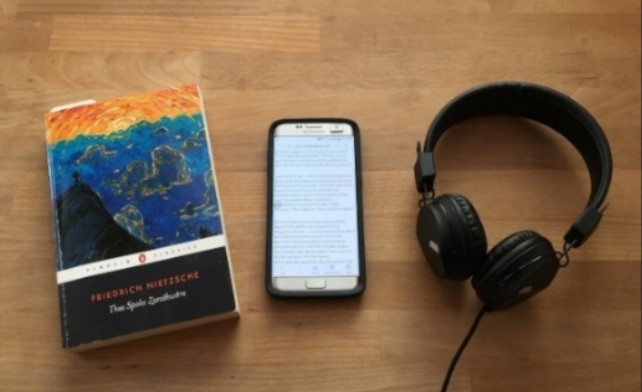Audiobooks vs. physical books — a debate that has intensified in recent years. With technological advancements, audiobooks have surged in popularity, offering readers a new way to experience stories. However, physical books continue to hold a special place for many. Both formats have distinct advantages and limitations. In this post, we will explore the differences between audiobooks and physical books and examine their impact on readers today.

Audiobooks: Convenience and Accessibility
Audiobooks offer incredible convenience. You can listen to them while driving, exercising, or even doing chores around the house. This flexibility makes audiobooks ideal for people with busy lives. For those who find it challenging to sit down and read, audiobooks provide an alternative. Additionally, audiobooks are accessible for people with visual impairments or reading difficulties, like dyslexia. With just a smartphone or tablet, anyone can easily enjoy a wide variety of books while multitasking.
Physical Books: The Joy of Tangible Reading
On the other hand, physical books offer an experience that audiobooks can’t replicate. The tactile pleasure of holding a book, turning its pages, and even the smell of the paper all contribute to a deeper connection with the material. Many readers find that physical books help them focus better and retain information more effectively. Reading a physical book often provides a sense of immersion that is harder to achieve with an audiobook. Moreover, the act of highlighting passages or making notes in the margins is part of the experience that many readers treasure.
Audiobooks vs. Physical Books: Different Learning Styles
When it comes to learning and comprehension, audiobooks and physical books serve different needs. For some, listening to an audiobook can improve comprehension by allowing them to hear the tone, emotions, and cadence of the text. Audiobooks also provide a great way to absorb information while on the go. However, others find that reading a physical book enhances memory retention and understanding. The act of visual engagement with the text can make it easier for some readers to process information more deeply. This highlights how different learning styles play a significant role in choosing between audiobooks and physical books.
The Social Aspect: Audiobooks vs. Physical Books
Another key difference is the social aspect of reading. Physical books are often shared among friends and family members, fostering discussion and connection. Book clubs thrive on these interactions, where members discuss their favorite books in person. Audiobooks, while easier to listen to individually, don’t offer the same communal experience. Although audiobook platforms have communities for listeners to engage with, the social aspect still tends to be less personal than that of physical books. For many, the physical book experience is deeply intertwined with social bonding, making it a more rewarding choice for those who enjoy group discussions.
Cost and Availability: Audiobooks vs. Physical Books
When considering cost and availability, both formats have their pros and cons. Audiobooks typically come with a subscription fee or a one-time purchase cost, which can add up quickly if you consume a lot of content. Physical books, while often more affordable in the long run, require more space and may need to be replaced over time if they get damaged. Additionally, physical books can be hard to find in certain genres or titles, while audiobooks are widely available through various apps and services. This means that audiobooks are often easier to access, especially for those with limited access to bookstores.
Conclusion
In conclusion, audiobooks and physical books each have their distinct benefits and challenges. Audiobooks offer unmatched convenience and accessibility, making them perfect for busy lifestyles or those with disabilities. Physical books, on the other hand, provide a sensory and immersive experience that many readers find rewarding. Ultimately, the best format depends on the individual’s preferences and needs. Whether you prefer the convenience of audiobooks or the experience of reading a physical book, both formats continue to serve passionate readers in different ways. It’s clear that there’s room for both in today’s literary world.










